Post-Repair Support: Ensuring Comprehensive Auto Accident Care
Post-auto accident repair services from specialized shops offer vital, comprehensive care beyond ini…….
Auto accident repair, a specialized sector within the automotive industry, is an art and science focused on restoring vehicles damaged in collisions or accidents to their pre-incident condition. This intricate process involves not only physical repairs but also ensures that vehicles meet safety standards, preventing future accidents. As road safety becomes increasingly globalized, understanding auto accident repair is essential for several reasons: it drives the cost-effective restoration of vehicles, contributes to safer roads, and plays a significant role in environmental sustainability by promoting vehicle longevity. This article aims to provide an all-encompassing guide, taking readers on a journey through the intricate world of auto accident repair, its global impact, technological innovations, and future prospects.
Auto accident repair encompasses a comprehensive range of services designed to address various types of vehicle damage caused by accidents. It involves several key components:
Assessments: The first step is a thorough inspection of the damaged vehicle. Certified technicians utilize advanced diagnostic tools and their expertise to identify the extent of the damage, involving structural integrity checks, mechanical systems evaluation, and aesthetic assessments.
Structural Repairs: This phase focuses on restoring the vehicle’s frame and body. Technicians use specialized equipment and techniques like welding, panel replacement, and alignment adjustments to ensure the vehicle’s structure is safe and sound.
Mechanical and Electrical Restoration: Here, auto technicians address internal systems affected by the accident. This includes engine repairs, transmission servicing, brake system overhauls, and intricate electrical diagnostics to restore functionality and reliability.
Bodywork and Paint: Skilled painters and body shop specialists transform the vehicle’s exterior, utilizing advanced paint matching techniques and meticulous detailing to match the original finish perfectly.
Quality Control and Testing: Before a vehicle is released, rigorous quality control measures are implemented. This involves road testing, safety system checks, and emissions testing to ensure compliance with regulatory standards.
Historically, auto accident repair has evolved significantly over the past century. From simple mechanical repairs, early practices focused on handcrafting techniques. With advancements in technology, computer-aided design (CAD) systems and robotic welding have revolutionized precision and efficiency. Today, it is a highly specialized field requiring extensive training and certification to ensure quality and safety.
Auto accident repair is not confined to specific regions; its impact is felt globally, given the interconnected nature of international automotive manufacturing and trading. Here’s a glimpse into its worldwide influence:
North America: The United States and Canada have well-established auto repair industries, heavily influenced by strict safety regulations and consumer protection laws. The market is characterized by high-tech facilities and a focus on quick turnaround times.
Europe: European countries lead in environmental sustainability within auto repairs, promoting eco-friendly practices and recycling initiatives. Advanced training programs ensure technicians stay updated with the latest technologies.
Asia Pacific: This region is witnessing rapid growth in auto repair services due to increasing vehicle ownership. Countries like Japan and South Korea are known for their meticulous craftsmanship and strict quality standards.
Emerging Markets: Brazil, India, and several African nations are experiencing a surge in demand for auto accident repair services as their automotive sectors expand. These markets often face unique challenges, including limited access to specialized training and technology.
Global trends within the industry include:
| Trend | Description |
|---|---|
| Digitalization | The adoption of digital technologies, such as CAD design and virtual reality, is transforming repair processes, improving efficiency, and enhancing precision. |
| Sustainability | There is a growing emphasis on eco-friendly practices, including the use of recycled materials, water-based paints, and energy-efficient equipment. |
| Telematics | Advanced telematics systems enable real-time tracking and diagnostics, allowing for more efficient scheduling and predictive maintenance. |
| Mobile Repair Services | On-demand mobile repair services are gaining popularity, offering convenience and accessibility to customers. |
The economic landscape of auto accident repair is intricate, influenced by various factors that shape the industry’s growth and profitability:
Market Dynamics: The global automotive market’s fluctuations directly impact repair shops. Booming economies lead to increased vehicle sales, creating a higher demand for repairs. Conversely, economic downturns can result in reduced repair volumes.
Investment Patterns: Repair facilities require substantial capital investments in equipment, training, and infrastructure. Strategic investments in advanced technologies can provide a competitive edge.
Insurance Industry Influence: Insurance companies play a significant role in auto accident repair economics. They set guidelines for repairs, negotiate prices, and influence customer choices through preferred repair networks.
Labor Costs: Skilled labor is a critical component of repair costs. Training programs and industry certifications help attract and retain talented technicians, ensuring quality work.
Technology has been a game-changer in auto accident repair, enhancing efficiency, precision, and safety. Here are some notable advancements:
Computer-Aided Design (CAD) Software: CAD systems enable technicians to create precise digital blueprints for repairs, improving accuracy and streamlining the fabrication process.
Robotic Welding: Robotic arms offer consistent and precise welding, reducing human error and increasing productivity in body shop operations.
Advanced Material Science: New materials like lightweight composites and advanced plastics are being used, offering improved strength-to-weight ratios and better crash performance.
Virtual Reality (VR) Training: VR is revolutionizing training programs, providing immersive experiences that simulate real-world repair scenarios, enhancing technician skills.
Telematics and Diagnostic Tools: Modern vehicles are equipped with telematics systems that allow for remote diagnostics, enabling technicians to access vehicle data and perform repairs more efficiently.
Governments worldwide play a pivotal role in auto accident repair through policies and regulations that dictate safety standards and quality control:
Safety Regulations: These govern the structural integrity of vehicles post-repair, ensuring they meet specific crash test requirements to protect occupants.
Emissions Standards: Environmental regulations mandate that repaired vehicles comply with emissions norms, promoting cleaner transportation.
Consumer Protection Laws: These protect customers’ rights, ensuring transparent pricing, quality workmanship, and dispute resolution mechanisms.
Training and Certification: Many countries require auto technicians to obtain specialized certifications, guaranteeing a skilled workforce capable of handling complex repairs.
Despite its advancements, the auto accident repair industry faces several challenges that require strategic solutions:
Skill Gap: The demand for highly skilled technicians often exceeds supply, creating a skill gap. Addressing this requires comprehensive training programs and incentives to attract talent.
Costly Repairs: Major accidents can lead to extensive repairs, causing financial strain on both repair shops and vehicle owners. Offering flexible payment options and promoting preventive maintenance can mitigate this.
Environmental Concerns: The industry’s environmental footprint is a point of criticism. Implementing eco-friendly practices, such as recycling and the use of sustainable materials, can help address these concerns.
Insurance Industry Opacity: Insurance company policies and repair guidelines can be complex, causing confusion among customers. Increased transparency and communication are essential to building trust.
Real-world applications of auto accident repair offer valuable insights into successful strategies and innovative solutions:
Case Study 1: Japan’s Toyota – A Model for Efficiency
Toyota Motor Corporation has consistently set benchmarks in auto accident repair through its comprehensive training programs and quality control measures. Their “Lean Manufacturing” philosophy emphasizes efficiency, minimizing waste, and maximizing customer value. This approach translates to faster turnaround times and cost-effective repairs, ensuring vehicle owners receive top-quality service.
Case Study 2: Germany’s Auto Club – Comprehensive Customer Support
The German Auto Club (ADAC) offers an excellent example of customer-centric auto accident repair services. They provide 24/7 roadside assistance, efficient claim processing, and a network of trusted repair shops. This integrated approach ensures vehicle owners receive support throughout the repair process, fostering trust and loyalty.
Case Study 3: US-based AAA – Promoting Safety and Education
The American Automobile Association (AAA) has been at the forefront of promoting road safety through its auto accident repair services. They offer not only top-quality repairs but also educate drivers on vehicle maintenance and safety features. AAA’s advocacy for stricter safety standards contributes to a culture of responsible driving.
The future of auto accident repair is filled with potential growth areas and emerging trends that will shape the industry:
Autonomous Vehicles: The rise of self-driving cars presents new challenges and opportunities. Repair technicians will need to adapt their skills, focusing on specialized autonomous vehicle repairs.
Connected Cars: As vehicles become more connected, repair processes will evolve to address cyber-security risks and the integration of advanced driver assistance systems (ADAS).
Additive Manufacturing: 3D printing technology has the potential to revolutionize body shop operations, offering faster and more cost-effective customization and repairs.
Digital Twin Technology: Creating digital replicas of vehicles can enable predictive maintenance and remote diagnostics, streamlining repair processes.
Sustainable Materials: The demand for eco-friendly materials will continue to grow, driving innovation in lightweight composites and recycled plastics.
Auto accident repair is more than just restoring vehicles; it is a critical component of road safety, environmental sustainability, and economic growth. As technology advances and global trends evolve, the industry must adapt to meet changing demands. By embracing technological innovations, implementing stringent safety standards, and addressing economic considerations, auto accident repair professionals contribute to a safer and more sustainable future for the automotive sector.
Q: How do I choose a reputable auto accident repair shop?
A: Look for certified shops with positive customer reviews, transparent pricing, and a proven track record of quality work. Reputable shops should also offer comprehensive warranties and after-sales support.
Q: What is the average cost of auto accident repair?
A: Repair costs vary widely depending on the extent of damage, vehicle make/model, and location. Simple repairs like fender benders can range from a few hundred dollars, while major accidents may incur thousands of dollars in expenses.
Q: Can I negotiate the cost of repairs with my insurance company?
A: Yes, negotiating is possible, but it requires thorough understanding of your policy and market rates. Be prepared to provide quotes from reputable shops to support your case.
Q: How can I ensure my vehicle is safe to drive after an accident?
A: Always have a qualified technician inspect your vehicle post-accident. They will assess structural integrity, safety systems, and drivability, ensuring it’s safe to operate before proceeding with repairs.
Q: What are the environmental benefits of modern auto accident repair practices?
A: Advanced technologies and sustainable materials reduce the industry’s carbon footprint. Recycling programs, water-based paints, and energy-efficient equipment contribute to a greener automotive sector.

Post-auto accident repair services from specialized shops offer vital, comprehensive care beyond ini…….

Car owners often face fear and uncertainty regarding auto accident repair due to myths about high co…….
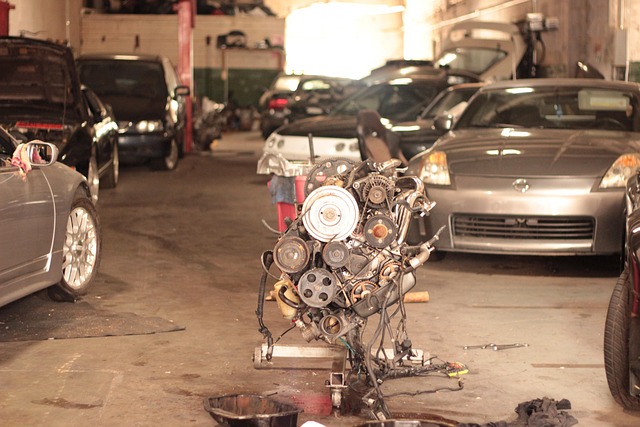
The evolution of auto accident repair technology has dramatically transformed traditional bodyshops…….

Online reviews are key to building trust in auto accident repair services, with positive feedback ac…….
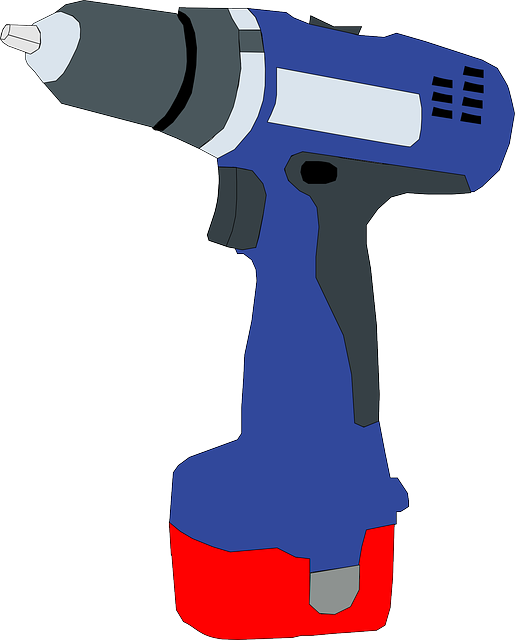
After auto accident repair, a comprehensive re-evaluation of vehicle safety is essential but often o…….

Auto accident repair involves a meticulous assessment by professionals at a body shop to determine d…….
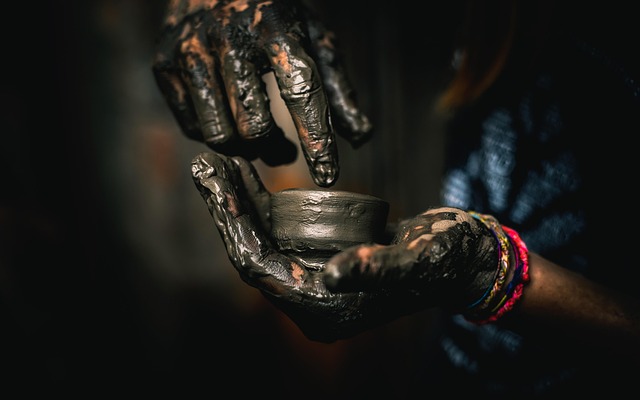
In the competitive auto accident repair industry, understanding customer expectations is vital for b…….
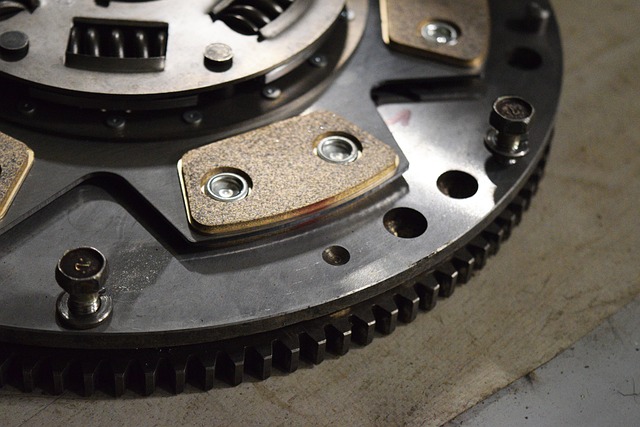
After a car accident, promptly notify your insurer, who guides you through filing a report, gatherin…….
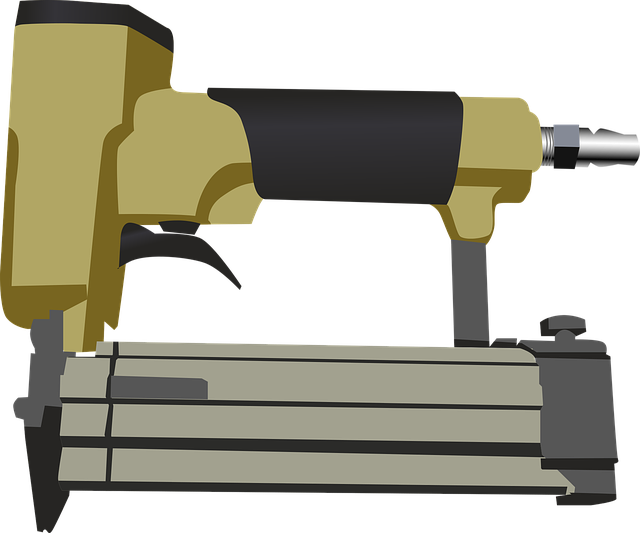
Auto accidents cause various damages, from minor dents to severe structural issues, requiring specia…….
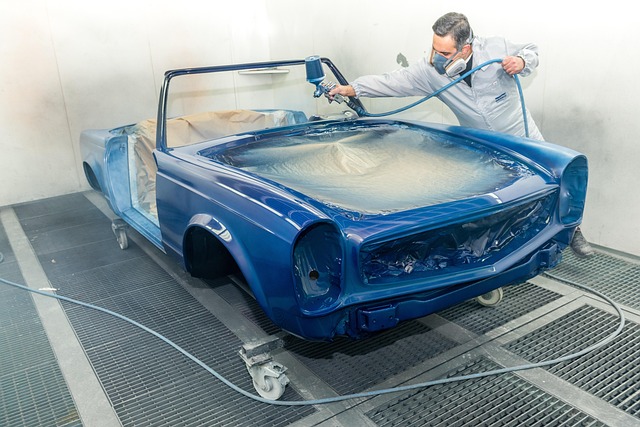
After a car accident, swift and expert auto accident repair is vital for both driver safety and prev…….